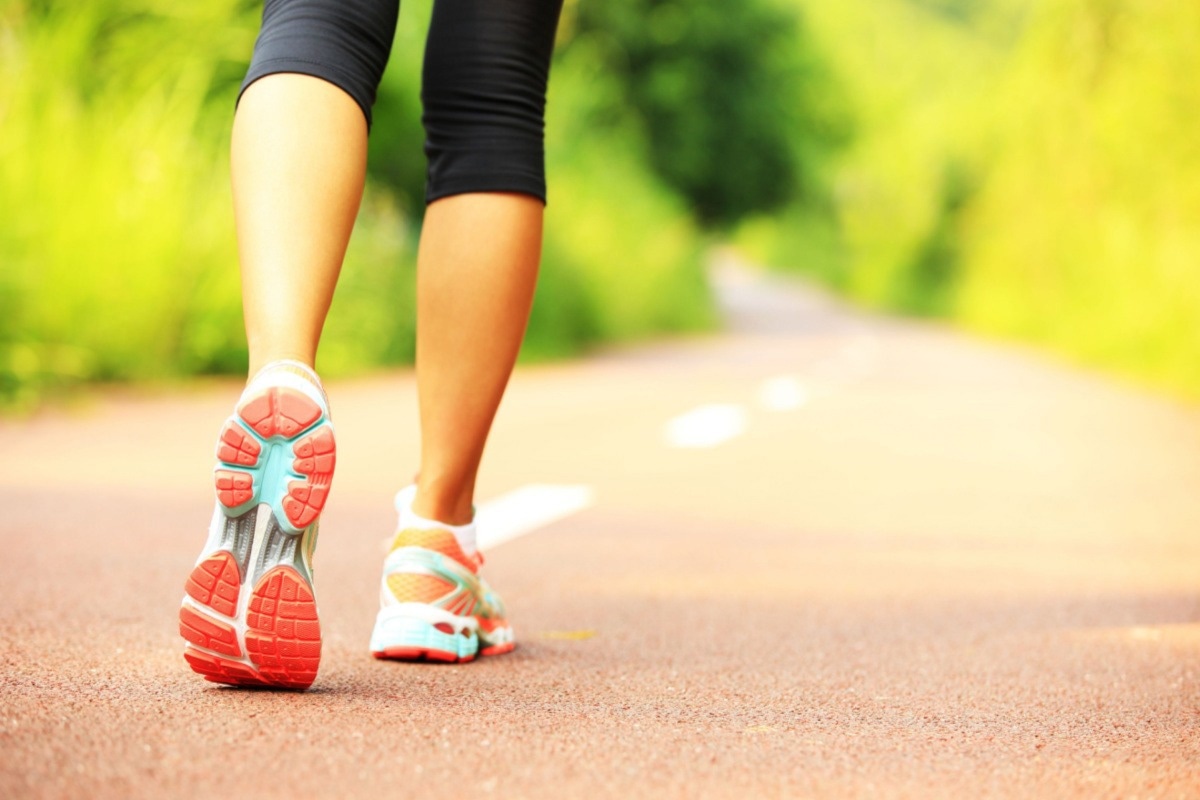Modern lifestyles are often associated with sedentary behavior (SB) and are also associated with adverse health outcomes.
SB has been defined as any behavior occurring in a waking individual who sits, lies down, or reclines while using up 1.5 metabolic equivalent tasks (METs) or less. The total time spent on SB is linked to a decline in several health biomarkers, whether or not the person exercises at other times.
 Study: The Acute Effects of Interrupting Prolonged Sitting Time in Adults with Standing and Light-Intensity Walking on Biomarkers of Cardiometabolic Health in Adults: A Systematic Review and Meta-analysis. Image Credit: lzf/Shutterstock
Study: The Acute Effects of Interrupting Prolonged Sitting Time in Adults with Standing and Light-Intensity Walking on Biomarkers of Cardiometabolic Health in Adults: A Systematic Review and Meta-analysis. Image Credit: lzf/Shutterstock
This trend is still stronger in those individuals who are at risk for type 2 diabetes. The total SB time is associated with poor lipid and glucose control and thus with lower cardiometabolic health, independent of exercise at moderate to vigorous levels (moderate to vigorous physical activity (MVPA)).
Exercise breaks are viewed as a feasible way to prevent prolonged sitting. A new study explores the effects of such breaks, in the form of light walking, on cardiometabolic health in sedentary individuals.
Introduction
Earlier studies have shown that frequently getting up from a seated position improves cardiometabolic markers, including glucose and lipid levels, blood pressure, and waist circumference. These are independent of the total time spent on SB, of MVPA, and the average intensity of exercise during breaks. These results indicate that interrupted sitting may be less dangerous than a single session of prolonged sitting.
More recent research suggests that standing is comparable to walking at light intensities in its effects on energy expenditure via postural muscle contraction and the changes elicited in the blood pressure, heart rate, and vascular tone. The current study, published online in the journal Sports Medicine, reviewed the changes in cardiometabolic markers with standing or light walking during a bout of sitting.
Findings
The review included seven studies, of which only those that reported postprandial glucose, systolic BP (SBP), and insulin levels were taken up for the meta-analysis. Most did not report diastolic blood pressure (DBP), triglyceride levels, heart rate, total cholesterol, high-density lipoprotein (HDL), non-esterified fatty acids (NEFA), and flow-mediated dilation (FMD). These measures were therefore excluded from the meta-analysis.
Three studies showed a lack of effect of intermittent standing or light walking on the DBP, but one showed an increase in DBP with light walking but not standing. Similarly, the studies showed mixed results on triglyceride levels when sitting was broken by standing or light walking. The heart rate and FMD also showed the same conflicting results.
The meta-analysis showed a small improvement in glucose control in those whose sitting was interrupted by standing. Walking produced a moderate improvement. These changes were independent of sex, age, nationality, body mass index (BMI), food patterns, or glucose testing methods.
Walking was thus slightly superior to standing as a means of glucose control. However, this difference was larger in mixed studies compared to those in which only women were involved. Similarly, the effect was larger among overweight people compared to obese individuals.
With postprandial insulin, the improvement was insignificant with standing vs. sitting, while walking produced a moderate improvement compared to sitting or standing. However, neither standing nor walking produced any improvement in the SBP.
Implications
The study suggests, for the first time, that standing is beneficial in improving glucose control in individuals with a mostly sedentary lifestyle over an acute time frame in a laboratory setting. Frequent interruptions to sitting time by standing or light walking for short periods produced significant benefits for postprandial glucose control compared to those who sat uninterrupted for the same period.
Despite the benefit associated with standing, light walking produced greater benefits for all three outcome measures, with better glucose and insulin control after a meal. However, SBP was not affected by either of these in the immediate time frame. The improvement of ~17% in postprandial glucose with light walking compared to sitting is almost double that achieved by brief bouts of standing, at ~9%.
This synthesised evidence suggests that breaking up prolonged sitting with light-intensity walking is a superior intervention to breaking sitting with periods of standing but that short bouts of standing can elicit an improvement in postprandial glucose as a sedentary break to prolonged sitting.”
The differences in glucose control between females and overweight individuals compared to obese individuals may be due to metabolic aberrations associated with altered body fat distribution and composition. The fact that both insulin and glucose control showed improvement postprandially in those whose sitting was interrupted by frequent bouts of light walking indicates its association with increased insulin sensitivity and with lower secretion of insulin, both indicating better functioning of the pancreatic beta cells.
Light walking breaks produce sufficient concentric and eccentric muscular activity, accounting for the acute effects on postprandial glucose metabolism. However, standing is too mild to produce such beneficial effects over an acute time frame.
The importance of these preliminary findings is that standing or light walking breaks are much easier to implement for the general public than structured exercise regimens, or MVPA. Further research is required to explore how breaks help avert the adverse effects of prolonged sitting and to define what level of intensity and frequency is desirable for the optimal effect on cardiometabolic health.